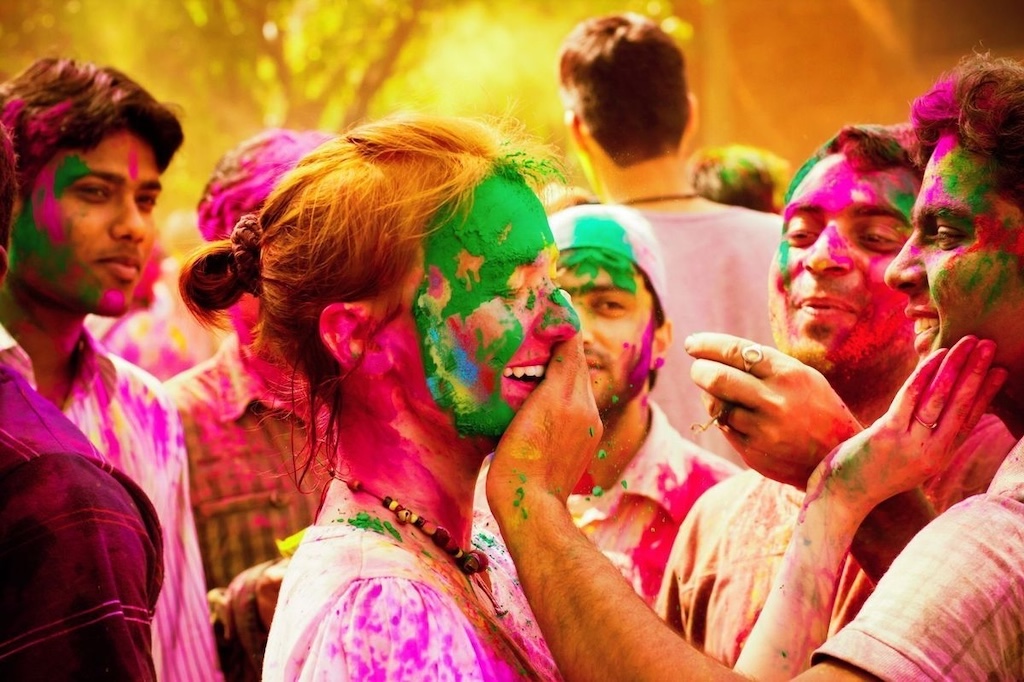
Holi Festival: Colours and Joys in India
Holi is called the Festival of Colors because it is one of the most colorful and boisterous festivals celebrated in every part of the country. This ancient Hindu festival celebrates the arrival of spring and thus symbolizes the victory of good over evil, which has always been a day of joyous celebration through colored powders and communal harmony. Traditionally, this feast day after the fire of Holika has attained a fabulous character and becomes a source of fascination for people.
History and Significance of Holi
Holi draws its origins from ancient Hindu scriptures and mythology. The festival is primarily identified with the legend of Prahlad and Hiranyakashipu. The story goes that the demon king Hiranyakashipu, having been conferred with a boon that made him all but invincible, ordered everybody in his kingdom to worship him. But the son, Prahlad, was deeply devoted to Lord Vishnu. Hiranyakashipu infuriated with his son's devoutness tried many ways to kill Prahlad, but all his attempts failed.
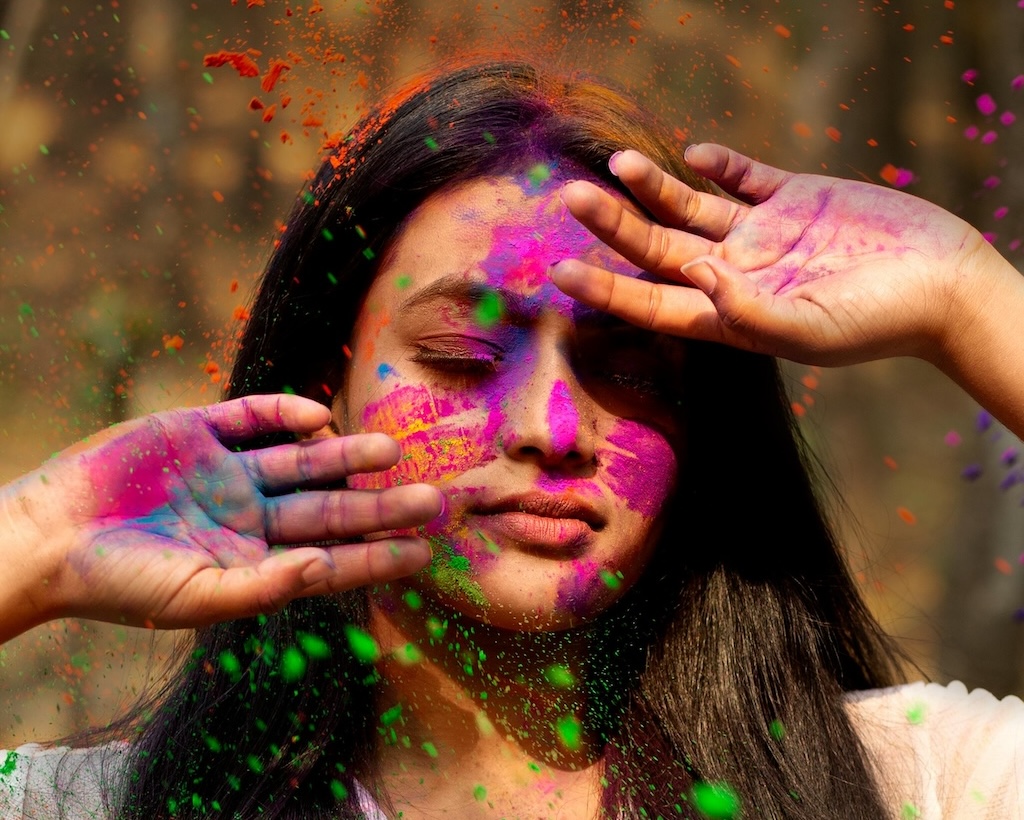
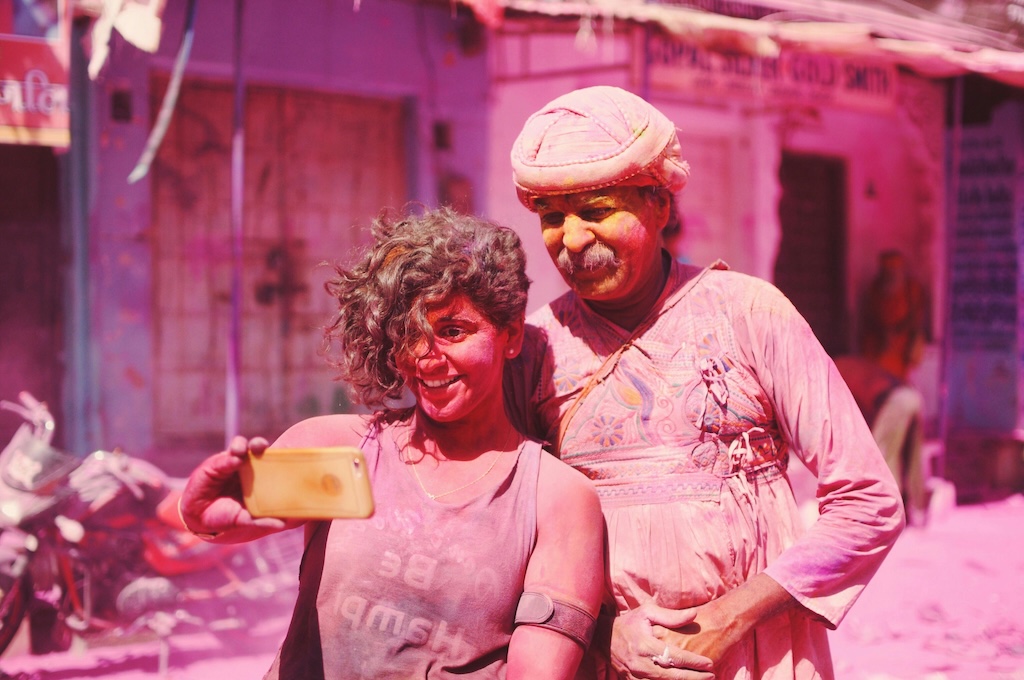
Finally, he ordered his sister, Holika, who was resistant to fire, to sit with Prahlad on a pyre. Miraculously, Prahlad was safe, and Holika was burned into ashes; good had won over evil. This event is celebrated by lighting bonfires, called the Holika Dahan, a day before Holi.
Traditions and Customs of Holi
1. Holika Dahan
The festivities of Holi begin with Holika Dahan, the night before the main festival. Large bonfires light up the sky, which signify the burning of evil and the triumph of good. People come together around the bonfire to sing songs, dance, and perform rituals, praying for the well-being of their families and asking for the ultimate destruction of negative forces.
2. Playing with Colors
Most iconic and mainstream, Holi evokes the playful dispersal of colors (gulal) and water. People from every walk of life come onto the streets on the day of Holi, armed with colored dusts, balloon waters, and colored water guns. They color each other in a jolly manner, pouring water on each other and shouting, "Holi hai!" Everywhere, the atmosphere is filled with peals of laughter, music, and dance as one and all enjoy the festive spirit. Holi makes use of colors, which really mirror springtime with its hues of colorful flowers.
3. Gujiya and Festive Treats
Holi is also the time to indulge in mouth-watering festive treats. One of the most popular sweets prepared during Holi is gujiya - a deep-fried pastry containing a sweet mixture of khoya, that is, reduced milk, dried fruits, and nuts. The other traditional delicacies include mathri, savory crackers; malpua, sweet pancakes; and thandai, a refreshing milk drink flavored with spices and nuts. These are then shared among family, friends, and neighbors, adding to the merriment.
4. Music and Dance
Music and dance play a great role in Holi. Traditional folk songs, also called "Holi geet," are sung, and people dance to the beats of dhol - a traditional drum. In modern times, Bollywood songs have also become an inherent part of the celebrations, with people dancing to the latest chartbusters.
5. Bhang and Festive Drinks
Bhang, which is a preparation of leaves and flowers of cannabis, has conventionally been consumed on Holi. Drinks such as thandai are prepared using bhang or sweets with bhang inside them. This is believed to add to the merriment of Holi. Yet, this too is consumed responsibly and within cultural and legal norms.
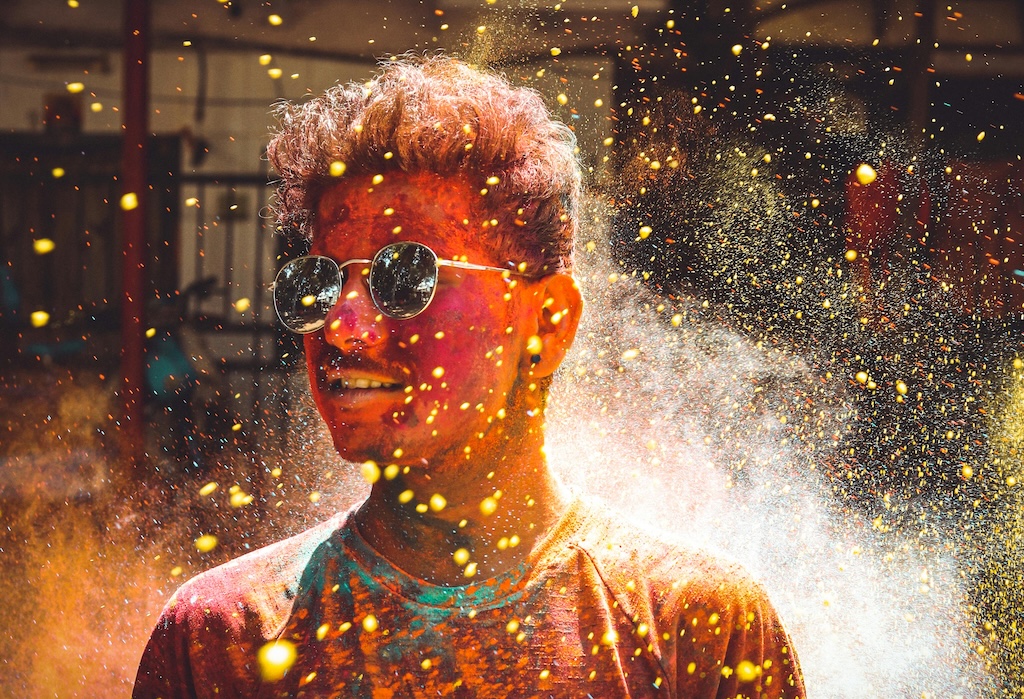
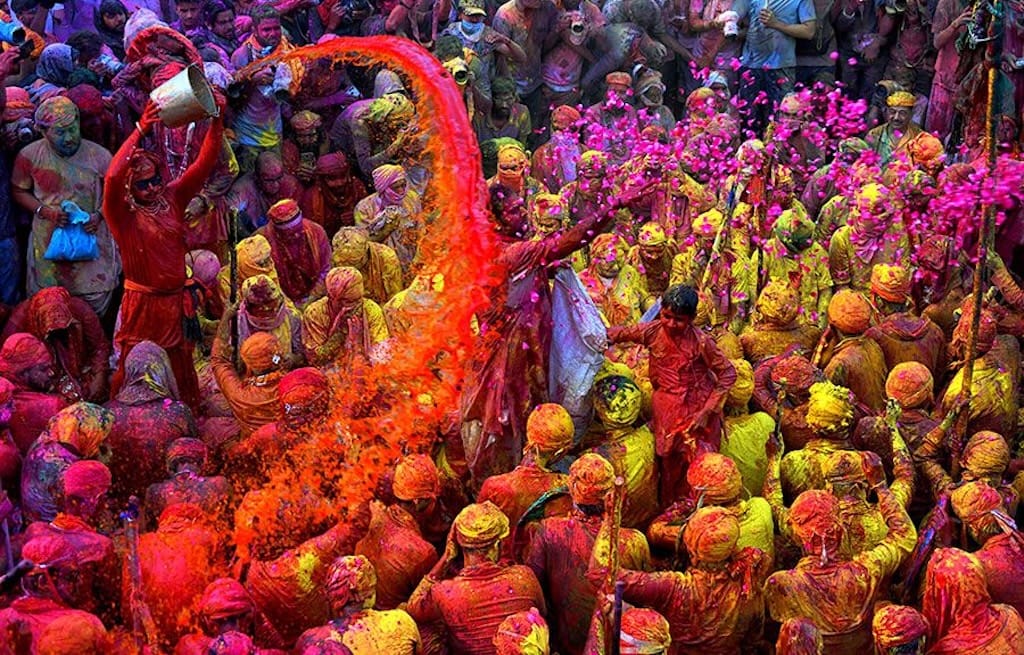
Modern Celebrations and Global Influence
It too has changed through the years, and today's Holi incorporates very modern ideas while retaining a lot of tradition. The rest of the world's cultures have also taken notice of the festival, with many countries holding Holi events. People from all walks of life attend these events, and this displays the versatility of the festival. The translation of its concept into different cultures characterizes international celebrations of Holi with music, dancing, and smearing color.
Conclusion
It is the time to celebrate life and love with the colors of spring. Together, Holi Festival unites people to form a bond that tends to break the ice of differences between them. Participate in the ebullient spirit of the festival and get drenched in colors. From its historical and mythological significance, boisterous traditions, and global influence, Holi is the favorite and dear festival which goes on spreading joy and unity.